Introduction to the Chemistry of Food 1st Edition by Michael Zeece, ISBN-13: 978-0128094341
[PDF eBook eTextbook]
- Publisher: Academic Press; 1st edition (February 17, 2020)
- Language: English
- 430 pages
- ISBN-10: 0128094346
- ISBN-13: 978-0128094341
A definitive guide that integrates chemistry with food components, illustrates effects on food quality, and highlights the relationship between diet and health.
Describes the major and minor components of food Explains the functional properties contributed by proteins, carbohydrates and lipids in food Explores the chemical and enzymatic reactions affecting food attributes (color, flavor and nutritional quality) Describes the gut microbiome and influence of food components on its microbial population Reviews major food systems and novel sources of food protein.
Physical and chemical properties of water Fundamentals of acid base chemistry Importance of water to food texture, flavor, and the preservation of food Examples of weak acids and their function in food. Proteins
Structure of proteins Chemical properties of proteins Protein denaturation Nutritional properties of proteins (digestibility evaluation, essential amino acids) Food allergy Functional properties of proteins (solubility, foaming, gelation) Examples of enzymes in foods   Carbohydrates
Structure and nomenclature of carbohydrates (monosaccharides, oligosaccharides, and polysaccharides) Maillard chemistry, its importance to color, flavor, and undesirable products in food Food intolerances, lactose and other FODMAPS Nutritional aspects of carbohydrates (dietary fiber, effect of starch structure on glycemic index) Functional properties of carbohydrates (solubility, gelation, viscosity, sweetness) Polysaccharides starch, cellulose, gums, and other hydrocolloids Lipids
Structure and nomenclature of fatty acids, acylglycerols and sterols  Importance of lipid (fat) structure to functional and physical properties in food Chemistry of lipid hydrogenation and how trans fats occur in food Lipid oxidation chemistry Antioxidants and how they control lipid oxidation  Lipids of importance to health (essential fatty acids, ω6 to ω3 ratio) Vitamins
Definition of a micronutrient Nutritional food labeling Chemical properties of vitamins and minerals Biological importance Supplementation and means of loss Flavors
The elements of taste and nature of its receptors Sweet, bitter, sour, umami, and salty tastants The gustatory taste map Sugar substitutes and questions of their contribution to health Smell and olfactory perception Pungency Flavor is in the brain, not food Food Additives
Use and regulation of food additives Synthetic vs natural additives Examples of additive use in foods Food toxins and toxicants, a case of inadvertent food additives Food Colorants
Use and regulation of food colorants Synthetic vs natural food colorants Properties of natural colorants Examples of natural substances as replacements for synthetic colorants Food Systems and Future directions
Gut microbiome and its contribution to health Influence of food components on the microbiome Major food systems and their composition Properties of protein-rich plant and microbial foods Novel plant-based animal foods
Dr. Zeece’s research expertise is focused on hot topics related to the Food Chemistry area, including Proteomics, Electrophoretic Separations, Chromatography, Proteases, Protein Degradation, Animal & Plant Protein Purification, Characterization and Allergen Characterization. His large teaching background makes him the perfect author for a textbook in the Food Chemistry area.
What makes us different?
• Instant Download
• Always Competitive Pricing
• 100% Privacy
• FREE Sample Available
• 24-7 LIVE Customer Support

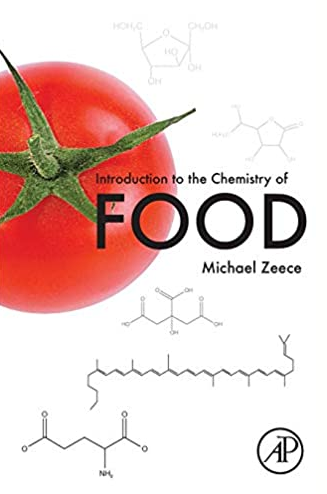
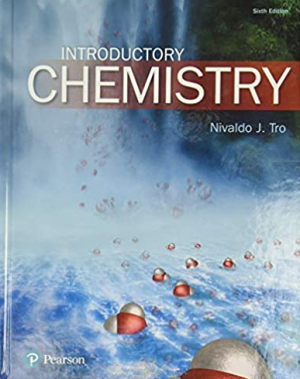
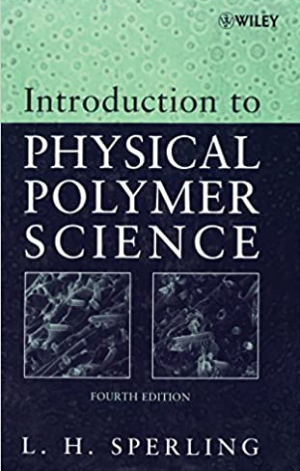
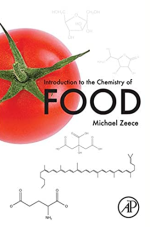
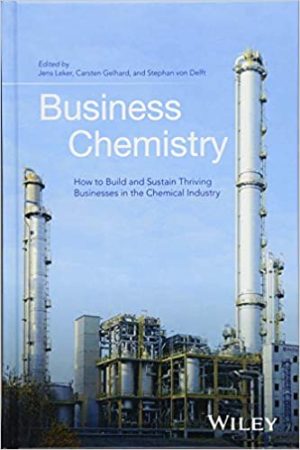
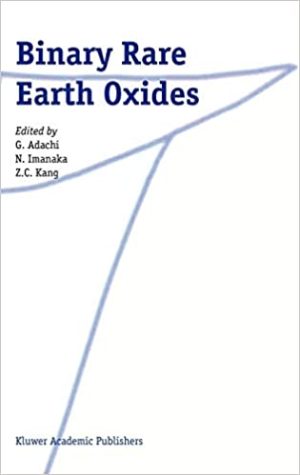
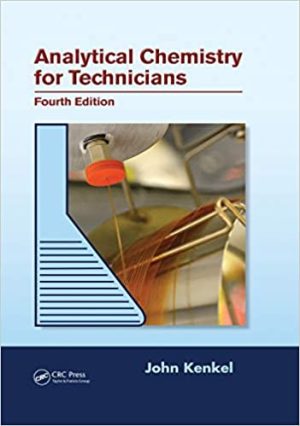
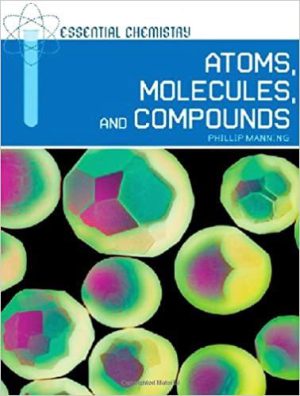
Reviews
There are no reviews yet.